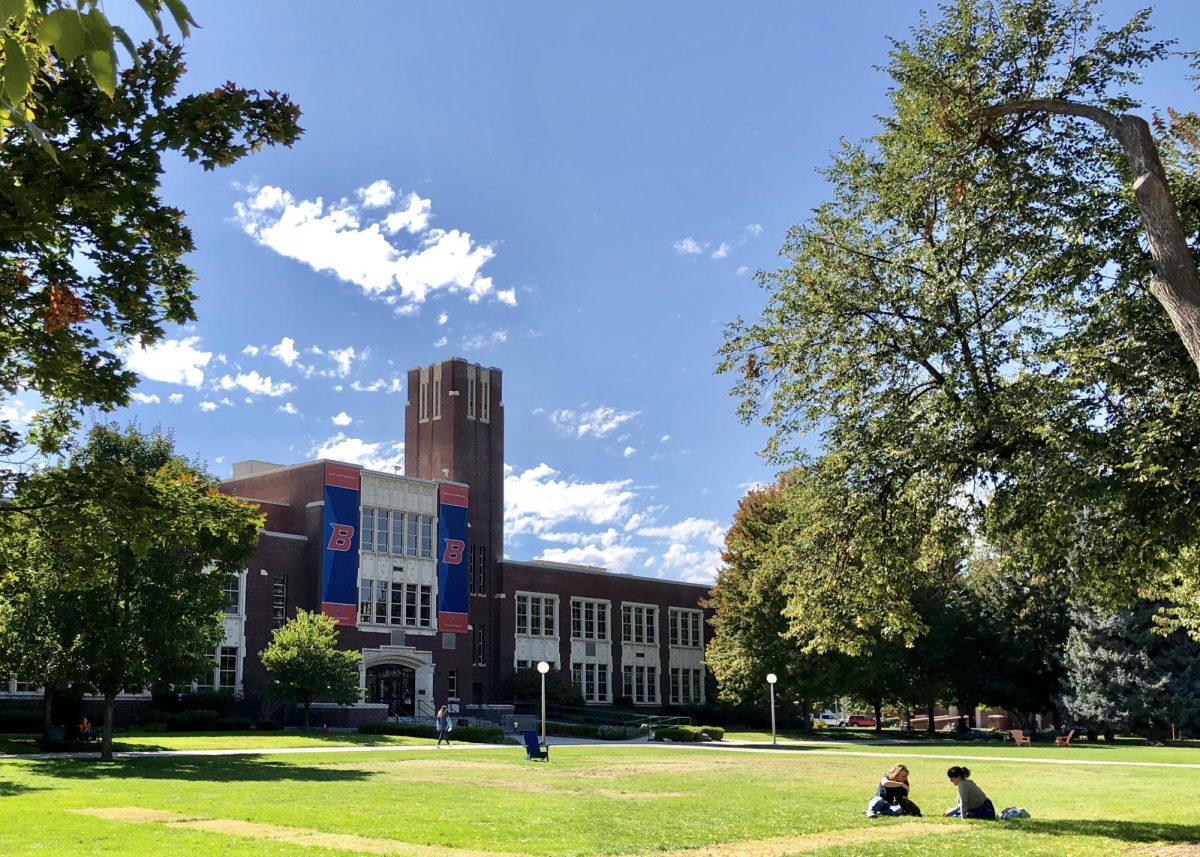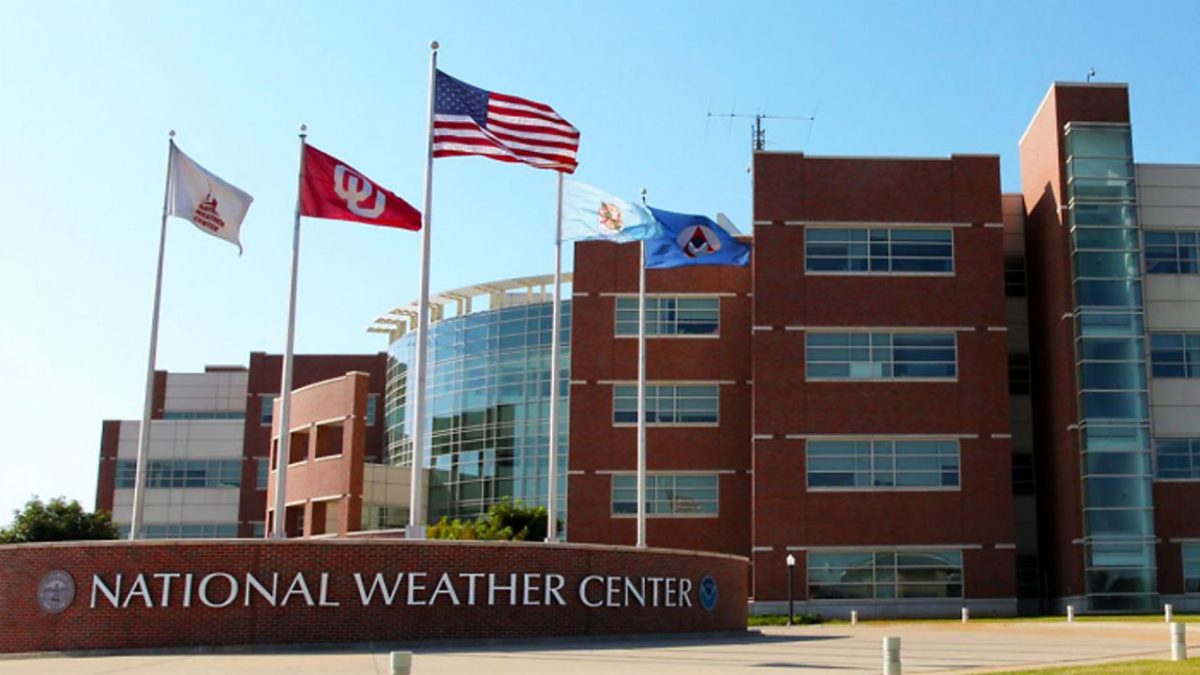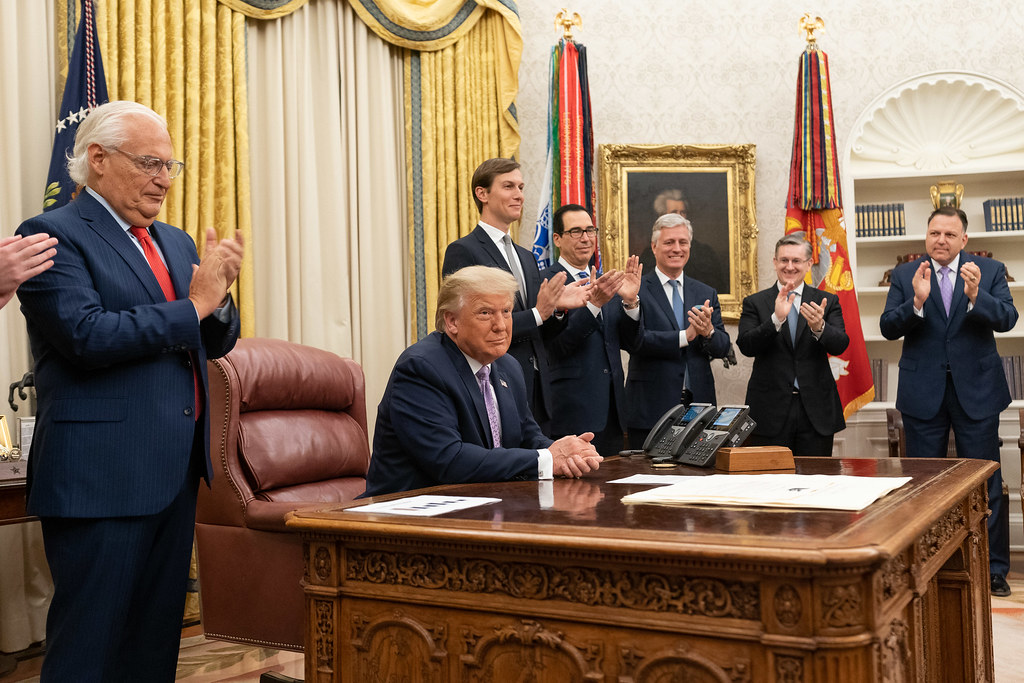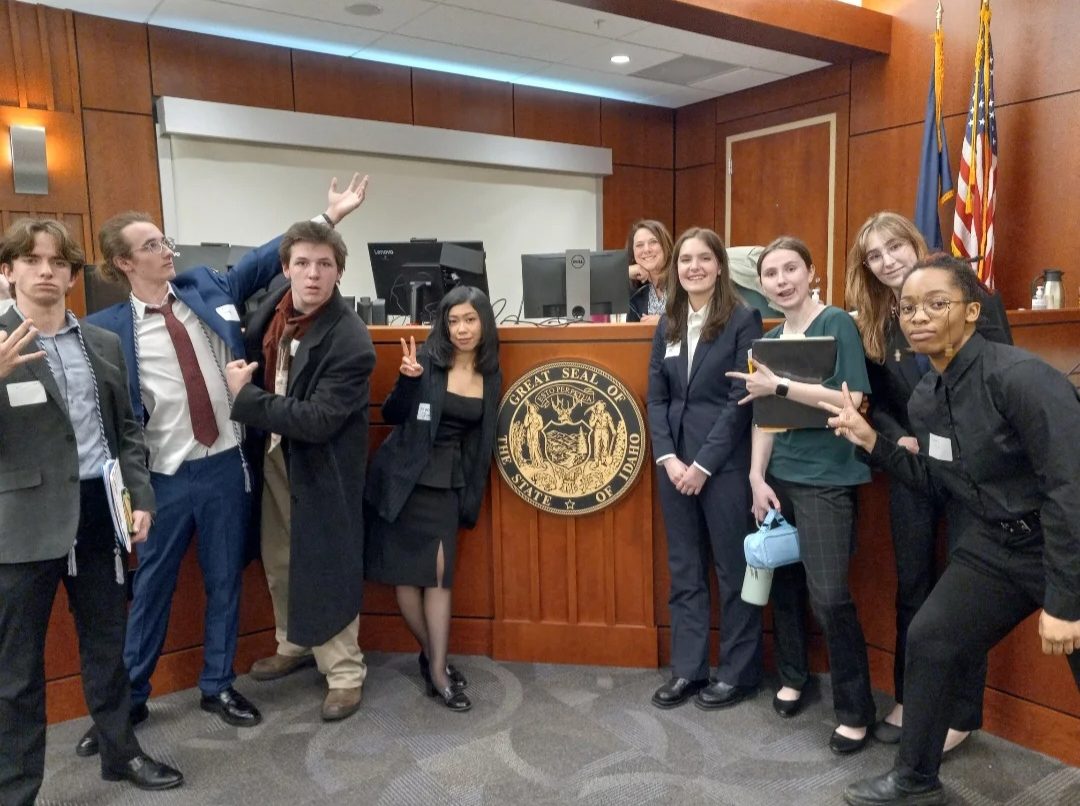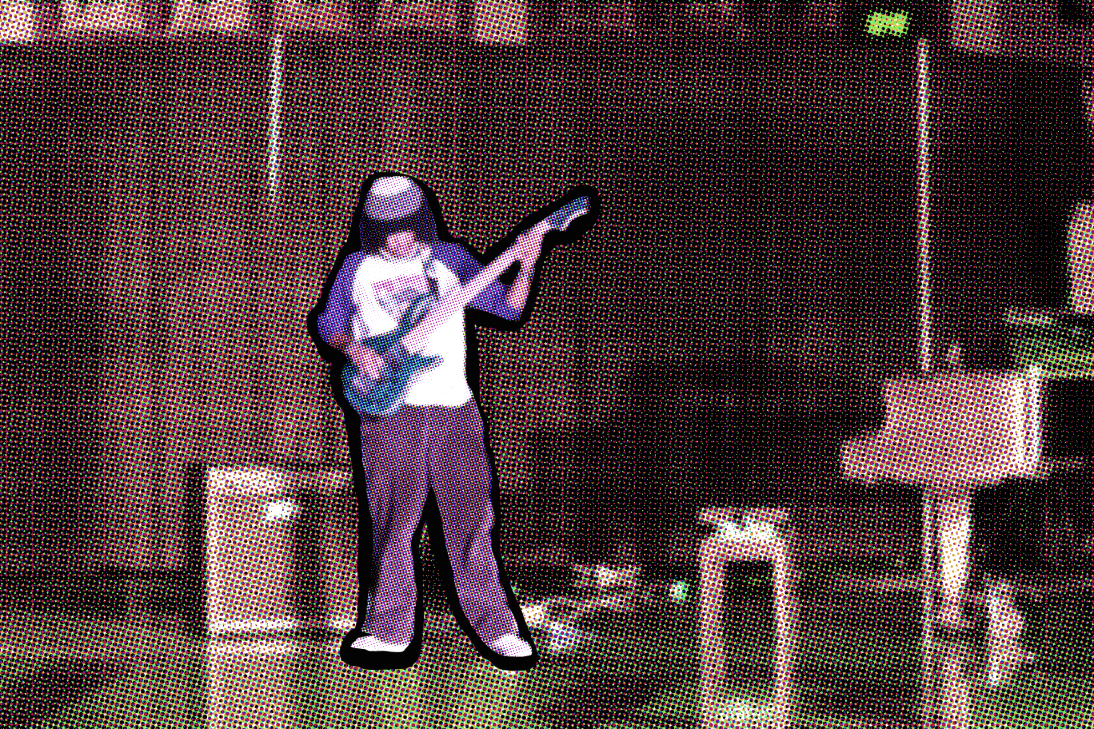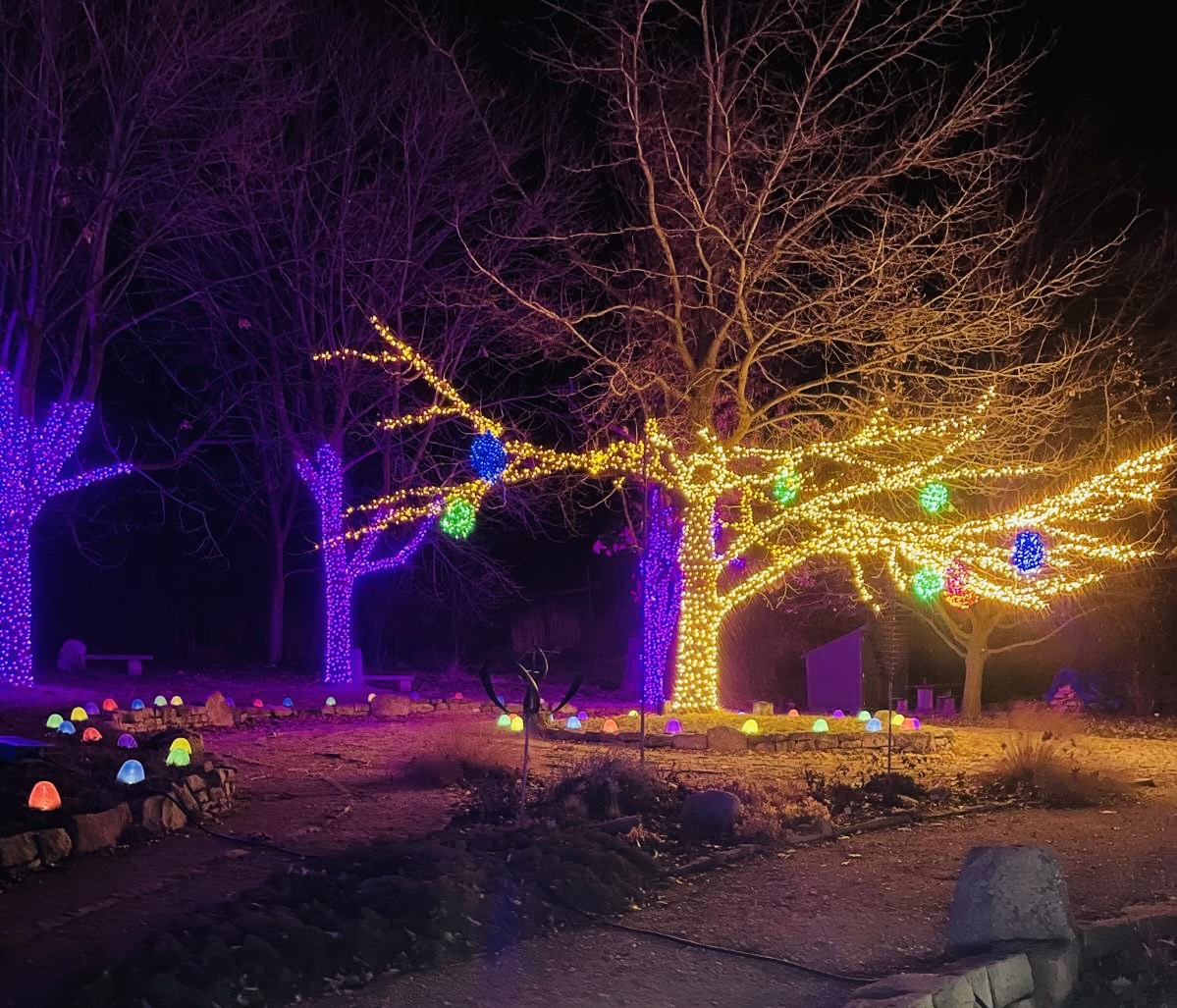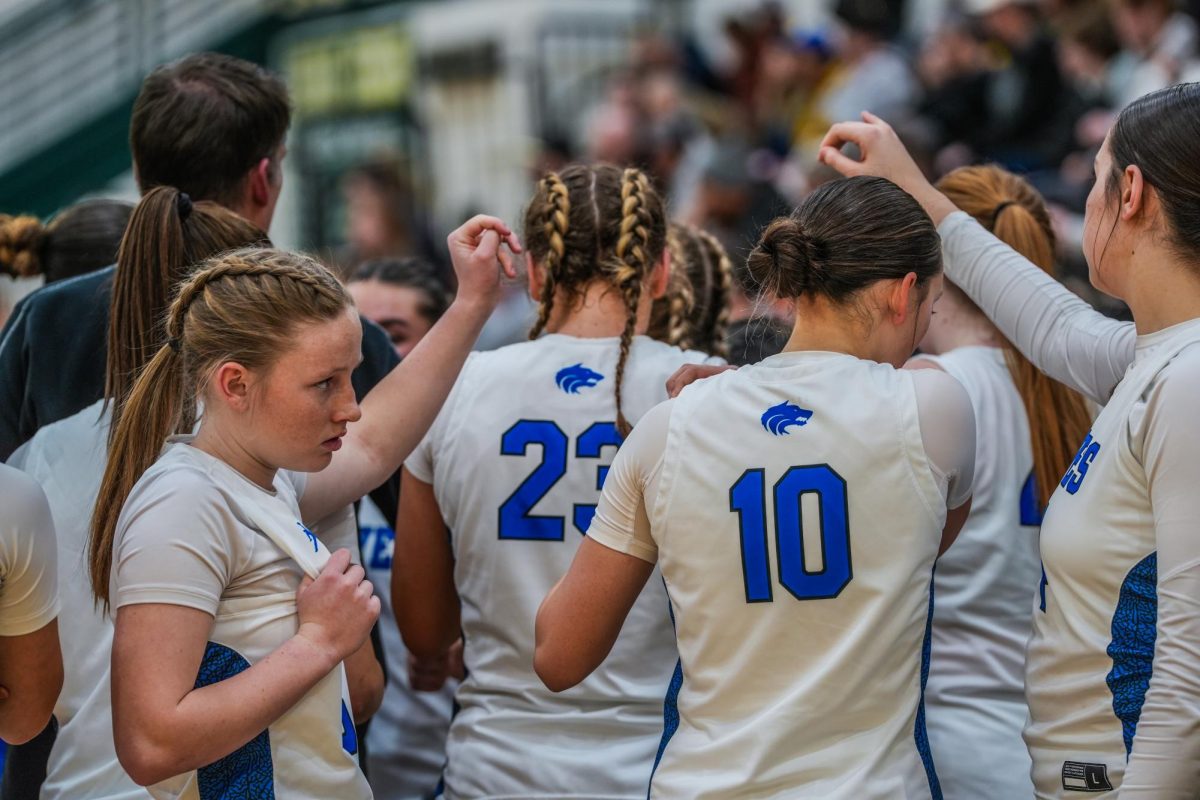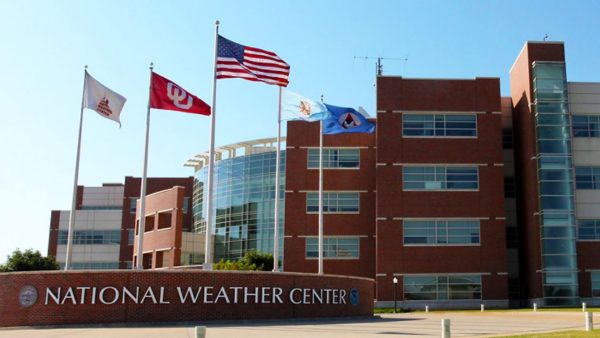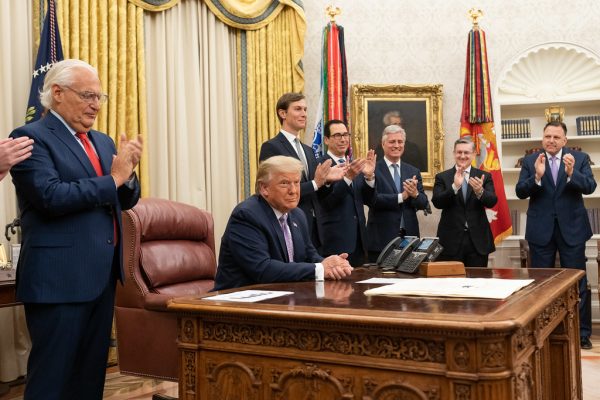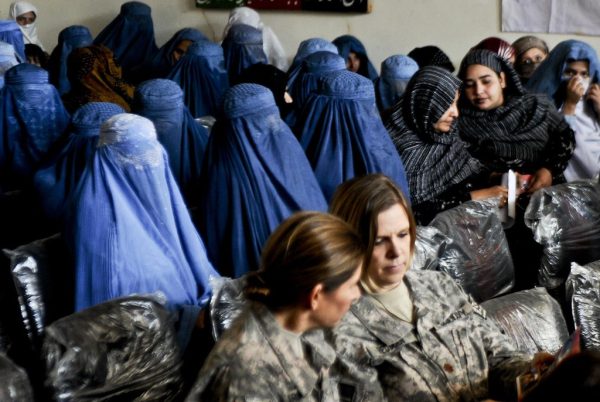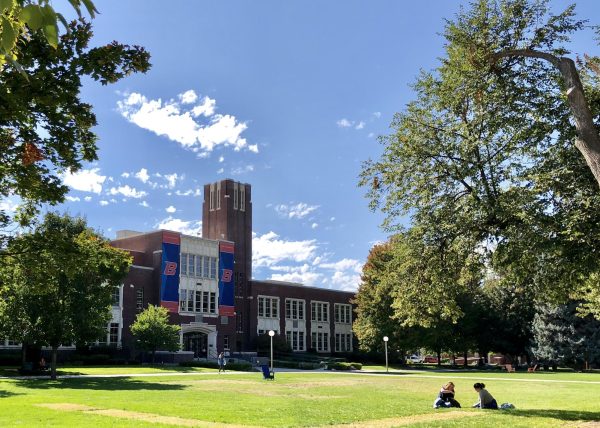The Experimental Chimpanzees of Monkey Island
Monkey Island is a collection of locations across the coast of Liberia that is filled with a population of chimpanzees. Although it is a fairly straightforward concept (just a few islands filled with monkeys, right?), it has a very interesting history with adversity and intervention that can be explored, and the narrative goes quite deep.
55 miles down the coast of Monrovia, the capital city of Liberia, are a collection of river islands that have a population of more than 60 chimps spread across the coast. The islands are isolated from the mainland, and keep the chimps landlocked due to their inability to swim. Also, humans don’t inhabit these islands, so the chimpanzees are free to interact at their own discretion. But why the emphasis on the chimps being separate from humans?
The chimpanzees that inhabit these islands were infected with hepatitis B, which was done for experimentation purposes.
It started in the 1970s when a group of scientists from the New York Blood Center had the aim to cure hepatitis B (HBV). The group was in search of subjects that could carry human diseases, and chimpanzees were known to be susceptible to HBV as well as have similar cellular immune responses to humans, even before the discovery of HBV. Chimpanzees were found in sufficient supply in Liberia, and research started in New York at the Laboratory for Experimental Medicine and Surgery In Primates (LEMSIP).
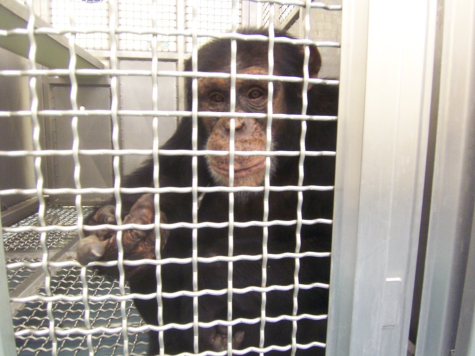
Chimpanzee isolated in an iron cage.
Conditions were harsh for the chimpanzees in their captivity. The chimps were described as depressed, very bored, and had many incidents of digressive behavior such as bashing in their cages. Also many of the chimps in cages developed chronic illnesses due to their susceptibility to physical ailments which were commonly developed within confined space.
After consideration of the wellbeing of the chimpanzees in New York, LEMSIP was abandoned and operations were moved to Liberia to have a more akin environment for the chimps. A new colony of chimpanzees was established in 1975 permanently in Liberia with the name Vilab ll as the research facility, which worked jointly with the Liberian Institute of Tropical Medicine complex. In time, the chimpanzee colony grew over two hundred and a lot of progress was made with research to cure HBV. However, tensions were growing in the country that were bound to be detriment to the research, chimpanzees, and country as a whole.
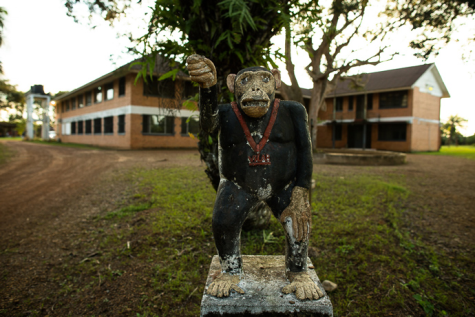
A statue in front of the Liberian Institute of Tropical Medicine complex.
Liberia was entering into a Civil War going into the early 1989 after brewing tensions linked to marginalization and corruption. Violence soon swept across the country, and overall the war led to the death of over 250,000 people as well as destruction that present day Liberia is rebuilding to this day. A heavy toll on the nation which was also a heavy toll on the chimpanzees during the crisis.
Much of the staff at the Vilab facility left due to hazard, and half of the chimpanzees died of starvation and lack of water. But it was at this time some of the chimps started to be retired to the islands. A population of 90 settled into the first island in 1992, struggling to survive due to lack of resources for their diet and sparse meals due to the war. The islands were not resource sufficient, so many tons of food had to be transported to feed them, a risky endeavor during a time of war.

Remnants of a building following the Liberian Civil War.
Though, in 1996, many things changed. The civil war was coming to a close, staff returned with steady relief to the animals, and unfortunately, the New York Blood Center was becoming less involved in the project.
By 2005, successful hepatitis vaccines were in effect with much help of prior research, and the cost for the maintenance of the chimpanzees was becoming more of a burden to the New York Blood center. In 2007, the NYBC ended their contract with the Liberian government to continue the Vilab experiments, terminating the experimental use of the chimpanzees as well as any further research undertaken in the country.
The remaining chimpanzees couldn’t be left under maintenance at the facility, so they were relocated to the remote river islands where they remain today. This wouldn’t be much of an issue, but the islands do not have sufficient resources to sustain the chimpanzees for the rest of their lives, similar to the previous population of retired lab chimps during the war. The NYBC had been funding the task of feeding and caring for the chimpanzees the entire duration, but in 2015 the expenditures were cut. They claimed to the Liberian government that they could “no longer divert funds” to the care of the animals. The timing was undesirable as well, with the Ebola virus outbreak spreading furiously across Africa. Remaining funds were quickly spent to sustain the now 60 plus chimps, and the situation became dire once all resources were drained.
Though the situation was undesirable, Joseph Thomas, a caretaker of the chimpanzees for over forty years, was a major support for the wellbeing of the animals. He and a group of caretakers during the years of struggle after funds were spent and the virus was taking a toll on the country as a whole made sure the chimpanzees were fed enough food to survive with the best of their efforts. Local vendors were asked for donations to feed the animals, and it was enough to keep them fed. Though, it wasn’t enough. The chimps fought for scraps of food dispersed across the beach and bellowed in hunger.
Fortunately, help came to the crew in a matter of weeks. The Humane Society stepped in to help the chimpanzees with their feeding, and they output about 500,000 dollars annually to supply two meals a day for each chimp. The NYBC after scrutiny paid the Humane Society 6 million dollars, however, the sum won’t last long enough for the chimpanzees to live out their lives.
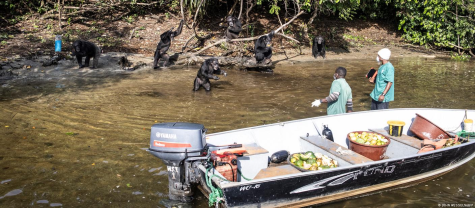
Caretakers on the coast of Monkey Island to feed the chimpanzees a meal.
The average lifespan of a chimpanzee is approximately fifty years, and the chimps still have a lot of life to live, especially with some baby chimpanzees that managed to be born. In efforts to contain the chimpanzees to a small population to not further spread the HBV, all animals have had all the precautionary measures to avoid reproduction, but some life still managed.
The Humane Society will continue to divert funds to help the chimps live out long and food-filled lives on their secluded island, but at the expense of millions of dollars, which is a living reminder of the cost of animal experimentation.
Your donation will support the student journalists of Timberline High School. Your contribution will allow us to purchase equipment and cover our annual website hosting costs.

Eric Olbera is a senior this year attending Timberline high school, and is now a new member of the Timberline Paw Print Staff. Throughout his years at...
